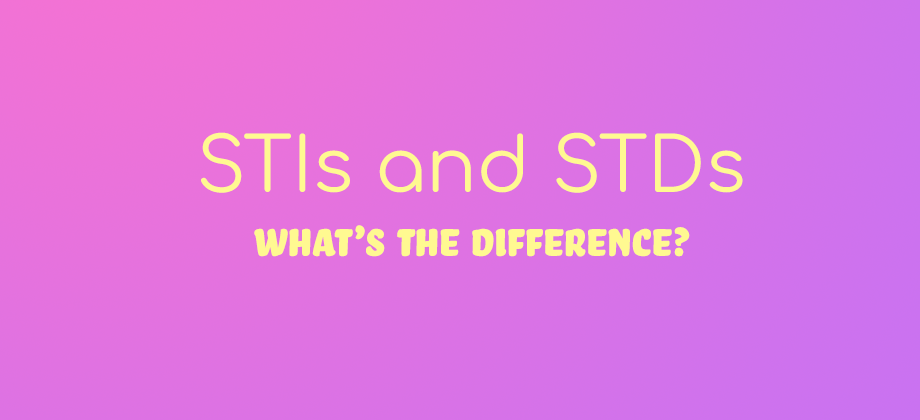Last Updated on November 11, 2025 by Lexi Kisses
An STI is different from an STD in one way. The I in STI stands for infection, while the D in STD stands for disease. Which makes the question at hand; what’s the difference between an infection and a disease?
Infection vs Diseases
An infection happens when microorganisms (viruses, bacteria) enter the body and begin to multiply.1 In the case of STIs, infections are usually without symptoms and if left untreated, they can develop into diseases.
A disease occurs when an infection progresses and begins to damage cells. This is usually when signs and symptoms appear.2
For instance, if you contract chlamydia and immediately get treatment for it, you might never deal with the effects of it developing into a disease such as pelvic inflammatory disease (PID).
To clarify this with an analogy, think of zombies. When a zombie bites someone, that person has an infection. If that infection goes untreated it develops into something much worse. In this case the zombie “disease.”
Though not all hope is lost because in some iterations, you can cut off the affected area and be fine. Just like treating an STI!
Why Is It Important to Know the Difference?
It’s important to know the difference between STI and STD because if an infection is treated as soon as possible, it can stop the long-term issues that are caused by the diseases they can progress into.3
Final Thoughts
I understand that the use of the term STI in place of STD has been adopted by many to avoid the stigma surrounding STDs, but using a different name only avoids stigma, it doesn’t cure it. Without proper education, STI is going to become the new STD in terms of social perception.
Did you know there was a difference between STI & STD? I didn’t before this.
- Drexler, Madeline. “How Infection Works.” National Library of Medicine, National Academies Press (US), 2010, www.ncbi.nlm.nih.gov/books/NBK209710/. Accessed 17 Jan. 2022.[↩]
- Mayo Clinic. “Germs: Protect against Bacteria, Viruses and Infection.” Mayo Clinic, 2022, www.mayoclinic.org/diseases-conditions/infectious-diseases/in-depth/germs/art-20045289. Accessed 17 Jan. 2022.[↩]
- CDC. “About Sexually Transmitted Infections (STIs).” Sexually Transmitted Infections (STIs), 22 Apr. 2024, www.cdc.gov/sti/about/index.html. Accessed 10 Nov. 2025.[↩]




